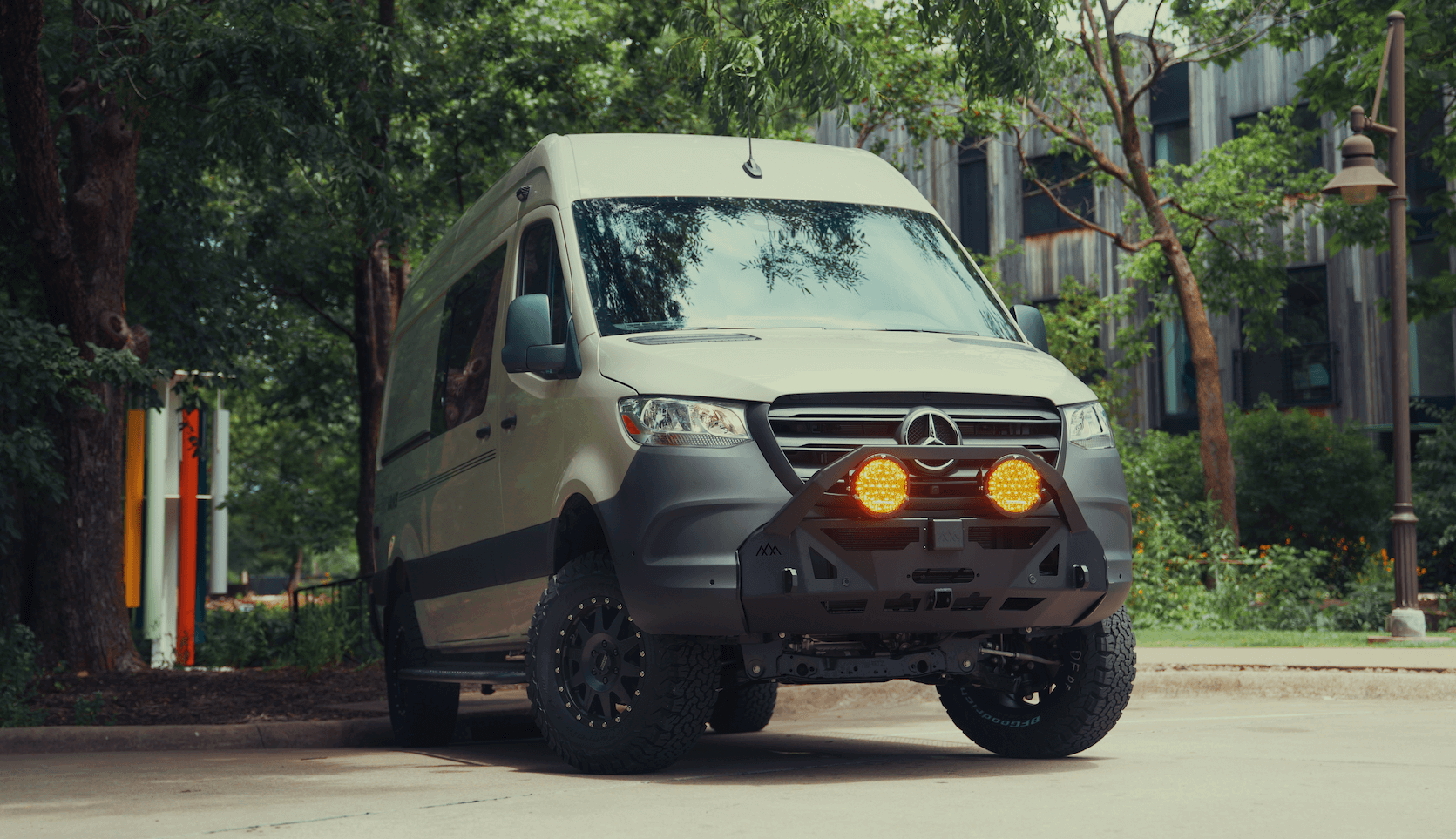Recreational Vans

A secondary alternator install creates a dedicated charging circuit for a house battery bank, separate from the factory alternator that serves the vehicle. This second unit transforms engine runtime into dependable DC energy, often at far higher rates than typical DC to DC chargers. It reduces dependence on shore power and lessens how much you need to lean on solar during short winter days or cloudy stretches. For vans and expedition builds with heavy electrical loads, this approach shortens recharge windows and keeps batteries in a healthier state of charge.
A well designed system isolates the vehicle’s electronics while delivering controlled current to lithium batteries. Smart regulation limits charge current and voltage based on battery state, alternator temperature, and ambient conditions. The result is fast, managed charging that avoids cooked alternators, dim headlights, or fault codes.
Most onboard devices are DC. The moment you add an inverter for induction cooking or air conditioning, your energy demand climbs quickly. A secondary alternator install helps replace those watt hours in hours, not days, which changes trip planning for off grid camping and shoulder seasons.
Some builds use a 12 volt high output alternator feeding a large lithium bank. Others choose a 48 volt alternator with a step down strategy to gain efficiency and lower copper losses over long cable runs. Either approach can work if regulation, cable sizing, and fusing are matched to system design.
Lithium chemistry wants precise voltage and current control. Use a regulator with battery temperature sensing, alternator temperature sensing, and programmable profiles. Current limiting protects the alternator at idle and during hot climbs. Always place primary fusing as close to the source as practical.
Successful execution starts with an honest load analysis. Add up daily watt hours for refrigeration, fans, lights, computers, cooking, and climate control. Translate that into required charge current and runtime. This informs alternator size, target output, and regulation scheme.
Key mechanical elements:
Key electrical elements:
Thermal management deserves special attention. Alternators are heat machines. Shield wiring near exhaust components, provide airflow, and consider idle speed strategies to stabilize temperature during heavy charging. Continuous high current at idle without thermal control is a fast route to alternator damage.
A secondary alternator install follows a clear sequence:
Common pitfalls:
Service intervals are simple. Inspect belts and tension at oil change intervals. Check fasteners, look for belt dust, and scan for hot spots during a routine thermal check. Keep the regulator firmware and profiles current as your battery bank evolves.
This approach shines for rigs that cook electrically, run air conditioning, or support remote work with heavy tech loads. It also suits winter travelers who get limited solar harvest, or anyone who wants fast top offs between trailheads. If your daily draw is large or you prefer short stays without shore power, a secondary alternator install is often the most time efficient path to full batteries.
For lighter duty camping with modest loads, a well tuned DC to DC charger and solar array might be enough. The decision hinges on energy budget, travel style, and acceptable engine runtime.
OZK Customs designs and installs integrated power systems that pair a secondary alternator with a lithium house bank, smart regulation, and clean cable management. Our team builds brackets, aligns pulleys, programs safe charge profiles, and tests under load so your van charges quickly without drama. We tune systems around real travel patterns, from long highway stretches to slow mountain climbs, and we validate performance before handoff. Clients often fly into Fayetteville, Arkansas, pick up their rig, and drive home with a system that simply works.
If you are tired of babying batteries or waiting on a sunny forecast, a professionally engineered secondary alternator install will change the way you travel. Talk with our team about your watt hour targets, charging windows, and routes, and we will design a package that matches the way you live on the road.
Explore recreational vans See our custom build van Browse mainstream vansReady to power your rig the right way? Book a secondary alternator consultation with OZK Customs in Fayetteville, Arkansas. We design, fabricate, and integrate complete systems that charge fast, run cool, and play nicely with your van’s electronics. Tell us how you travel, and we will engineer the rest.
ADDRESS:
6159 E Huntsville Rd, Fayetteville, AR 72701
PHONE:
(479) 326-9200
EMAIL:
info@ozkvans.com